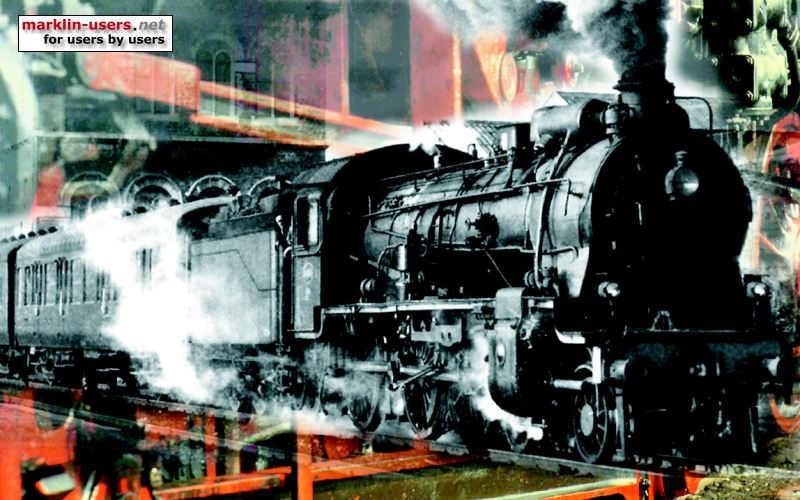Miramar Gasworks Tramway
(Wellington, New Zealand)
Compiled by Stephen Cook
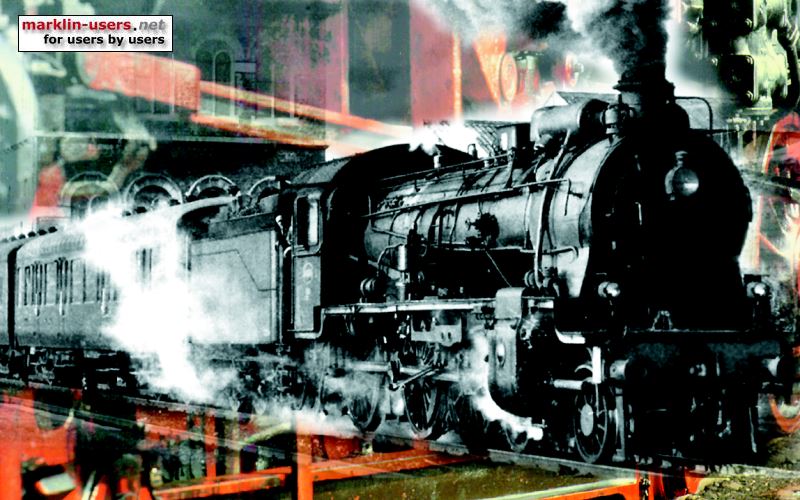
This personal website contains information I have obtained over a number of years relating to the former Miramar Gasworks Tramway.
My own recollections of the facility came from childhood memories (long after the line had ceased operations), but I still clearly recall seeing the tracks in the road and onto the wharf when as a youngster I would go out exploring on my bike from my home over the hill in the nearby suburb of Newtown.
During my teenage years and older I spent very little time in the area and then spent several years in Auckland. I have no knowledge of the rails actually being removed, all I know is the next time I returned there around the mid-late 80's with the rails in mind, no trace remained.
As I was soon to find out, very little information was to be found about this small industrial railway/tramway so I hope that what I have been able to locate will be of interest. The material compiled here is simply what I have collated from my own research at the Wellington and Alexander Turnbull Libraries, Wgtn City Council Archives (NZ Railway Observer) and various other sources and those are all acknowledged. Where I do know the source and/or reference for any images/items in this article, it will be displayed by hovering your mouse over the item.
Although it is probably more accurate to call it an industrial "Railway", the facility had one notable difference being that the rails along Miramar Ave were actual Tram tracks, (grooved rail), and were in an unusual Tramway gauge of 4' rather than NZR (narrow) gauge 3' 6". Numerous official documents refer to it as a Tramway which suits me just fine. The Tramway system remained complete from the Wharf to the Works between 1910 - 1966 although it fell into disuse from about 1940 and dismantling began in 1966.
Regarding Wellington's Trams (a subject I am also very interested in), there is already a large amount of published information already available (both online and some excellent printed books) so I will not attempt to reinvent the wheel on that subject other than some of my own personal musings as noted in this sub-article "Wellington Tramway Remnants".
NOTE: I must stress that my interest in this facility arose solely from my own memory and curiosity about the Tram rails in Miramar Ave and onto the Wharf. This is not intended to be a history of the Gasworks plant, and any information relating to the plant itself is simply incidental. Having said that however, if anyone wishes to provide additional information relating to the actual Gasworks, I would be more than happy to include it as a separate link as it was a very impressive example of its type.
In 2009 I presented a clinic to members of the Märklin Model Railway Club on my research and my notes from that clinic form the basis of what is presented here.
The Wellington Gas Company's Works - Miramar
(Above photo taken from the north side of the cutting looking south-east towards Strathmore and down onto Miramar Ave)
History / Overview
(The excerpt below is from a photocopied book on the history of Miramar and surrounding areas - actual book title was not noted - my error)
"Even before the Gas Company moved its works from Courtenay Place and purchased 14 acres of land with a frontage of 1/2 mile at Miramar behind Rongotai Ridge at a strategic point near the cutting leading to Miramar Wharf, gas mains had already been laid in the Borough, at least by 1906. The move was made in 1907 and the following year a great gasometer of capacity 1½ million cubic feet was erected and came into use.
Further gas mains were laid, such as the one in Sefton Road by 1910. In that year, the Borough paid the Gas Company the sum of £640 for a strip of land along their frontage. Meantime a new carbonising plant of the latest type then in use in Europe was installed and used in the manufacture of gas at the new works in 1912. In 1922 the Glover-West vertical system was erected with a second unit in 1926 and a new gasholder 2 million cubic feet in capacity.
A tramway line, 4 feet gauge, was laid along Miramar Avenue to convey coal from the wharf to the works. The price of coal in 1907 was 15s. 7d. per ton but at the end of the First World War it had risen to 54s. 10d per ton, so the cost of gas correspondingly rose. Still, 24-inch high pressure gas mains were laid to a total length of 240 miles extending as far as Karori, Ngaio, Khandallah and Johnsonville.
To supply these, two carburetted water gas plants each of 1 1/4 million cubic feet per day capacity were installed by 1948. In the first 60 years from its foundation in 1870 the number of consumers rose from 1,503 to 26,328. In 1961 a third gasholder was erected to meet the needs of Hutt Valley and 7 million cubic feet of gas were being delivered each day."
BACKGROUND
- first inception
The Wellington Gas Company's Works were located in the South-eastern suburbs of Wellington on the Miramar peninsula, not far from the current Airport. Much of the former Gasworks site is now taken up with various industries including a significant portion presently occupied by some of Peter Jackson's film studios.
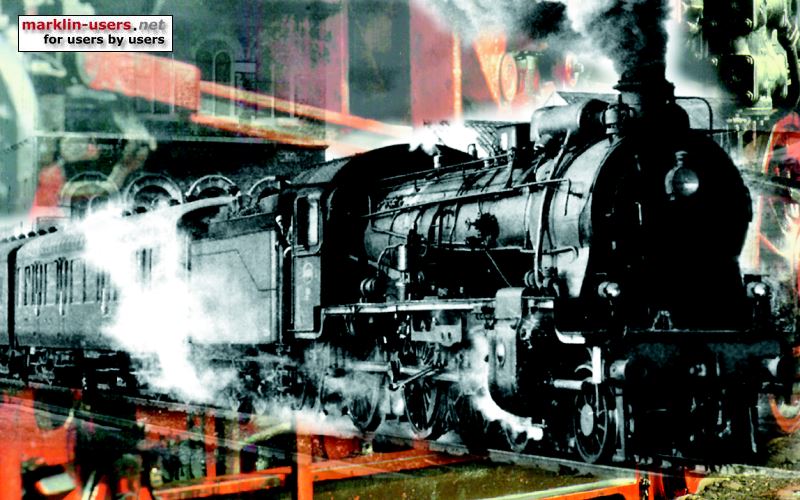
The
primary purpose of the Gasworks site was for the processing of Coal
from the West Coast of the South Island and also from
Construction of the
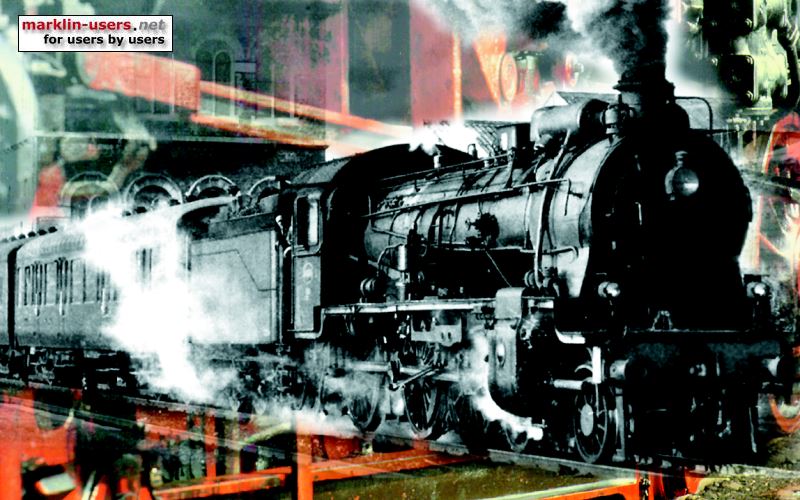
Following completion of the
Wharf, the cutting and the Gasworks, a light industrial railway was
installed to run between the Wharf and the Gasworks plant. The
track-gauge chosen for this railway was 4’ to match the existing
WCC Tramway system. The Order
in Council notice of intention to lay tracks was printed in “The Dominion”
dated March 17th 1911. The
notice read….
“The Tramway commences at
the
The tramway will be used
for the carriage of goods only. The tramway is of the same gauge as the
electric tramways in the Borough, viz. 4 feet. The rails are to be of rolled
steel weighing 95lb. per lineal yard, and of the grooved girder patter
laid on and spiked to wooden sleepers. The motive power may be electric,
steam, petrol, gas, or other power supplied by means of locomotives or
traction engines, or animal power may be used.”
On December 11th
1911 the order in Council was issued to the Borough of
Further detail was included
regarding braking systems etc, but also noted that White Headlights and
Red taillights were to be used on each train between sunset and sunrise,
and each train or vehicle used on the tramway was to be accompanied by a
conductor or guard to pilot the train or vehicle across Miramar Quay. The pilot was to proceed in
advance of the train for the purpose of warning other traffic. The speed of trains was not to
exceed 7 miles an hour.
In 1911 The Wellington Gas Co.
(WGC) applied to use a steam loco on the line, this was granted by the
Engineer-in-Chief of Public Works, and noting that while it was normally
usual for the machinery and fire to be covered in, the Railways Dept ran a
railway between Lambton and Te Aro so it would be anomalous to insist on
such a condition.
An 0-4-0 Loco side-tank loco
was ordered from Andrew Barclay and Sons,
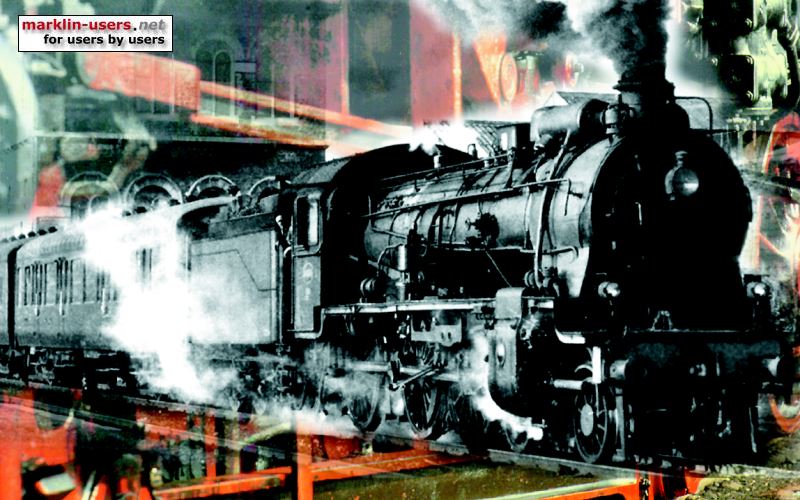
Ten Hopper wagons with drop
bottoms were built, the steel frames from G R Turner Ltd Nottingham, the
bodies were constructed in
The hopper wagons had a
wheelbase of 6’ to negotiate the curves of 50’ radius. They dwarfed the locomotives quite
noticeably.
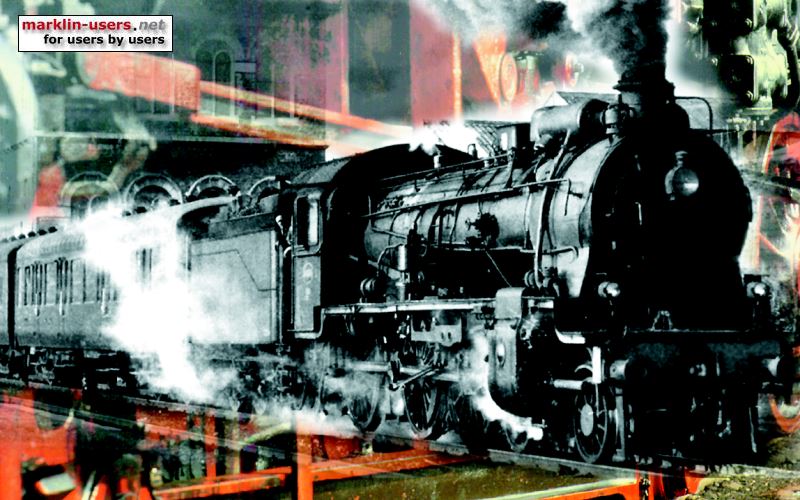
The track from the works to
the wharf was complete by March 1912 but official inspection was delayed
until December of that year because rolling stock had not
arrived.
FIRST TRAIN
On December 7th,
loco 1265 hauled two loaded hopper wagons though the various crossings and
it was certified fit for traffic.
This second Loco was built to the same specifications and was makers number 1752 but had a steel firebox and tubes whereas 1265 had a copper firebox and brass tubes. This second loco reportedly cost £2170. ** (This may be a misprint in the original documents as this is over three times the price of the original loco in ten years. Perhaps it was actually £1270?)
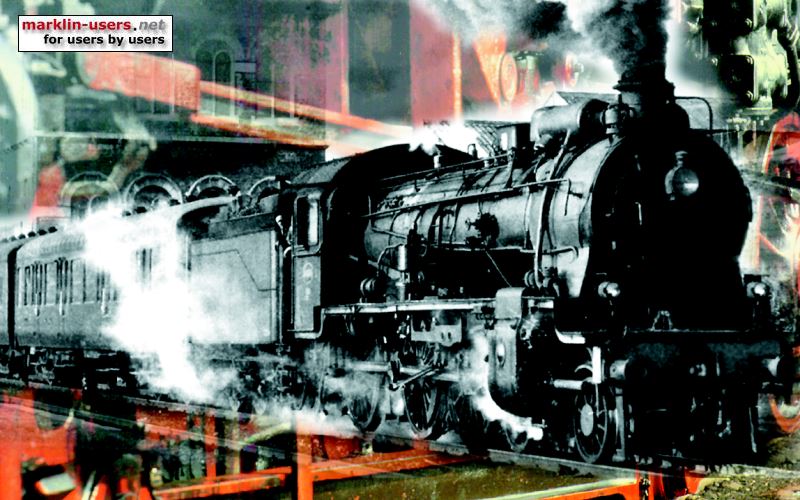
A note records that this second loco is reported as receiving a new boiler from the Hutt Railway workshops in 1942, however other records indicate the last loco actually ran on the line in 1939 - it may have been re-boilered in readiness for further duties, preparation for sale or simply deferred maintenance?
MIRAMAR WHARF
Two early photographs of the Wharf the first looking north-west towards Evans Bay and The Patent Slip with Hataitai in the hills above.
In 1909 (following extensions) the wharf was 362’ long and 63’ wide. In later years steel gates were also added across the wharf entrance.
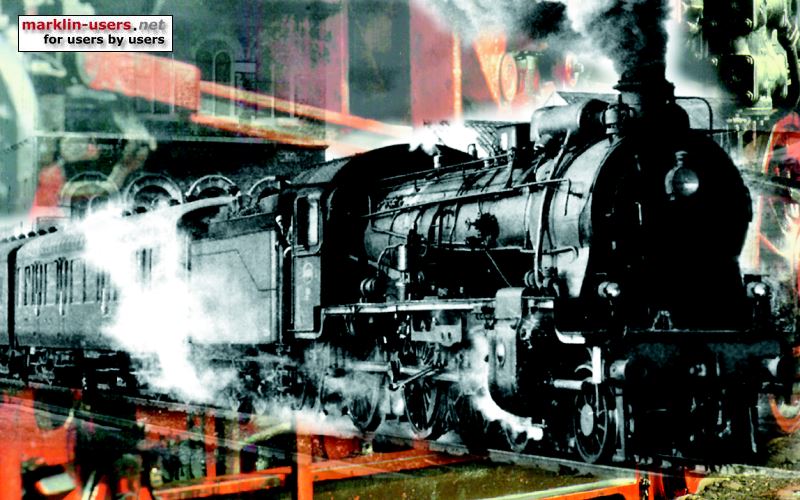
This second photo below looks more Northerly toward the Hutt Valley with the Roseneath area to the left in the distance as well as the Fuel Oil wharf to the right part way along Shelly Road.
Could those be rail hoppers or road trucks being loaded alongside the ship? Also note in this picture it appears some trackwork is being undertaken.
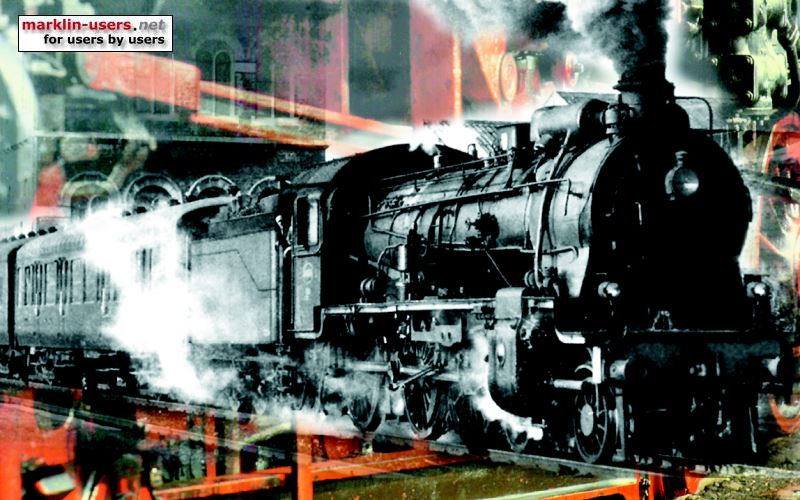
Below is shown a view of the street level looking West toward Evans Bay showing the wharf gates and patchwork paving repairs long after the line was abandoned, possibly circa early 1960's.
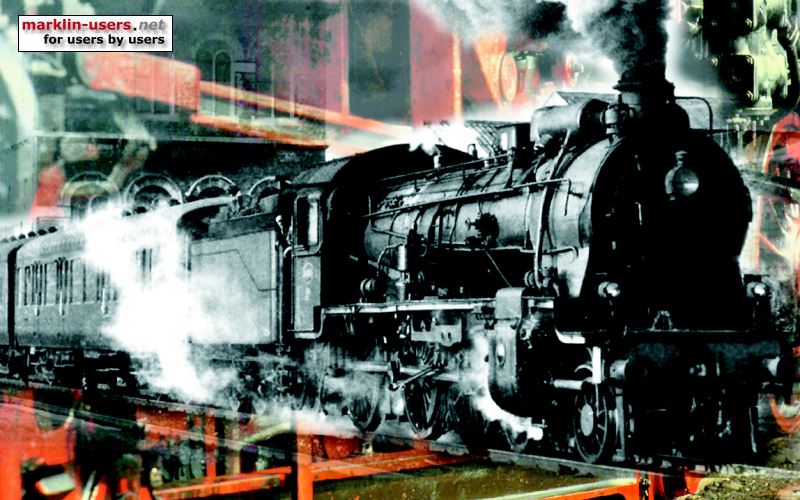

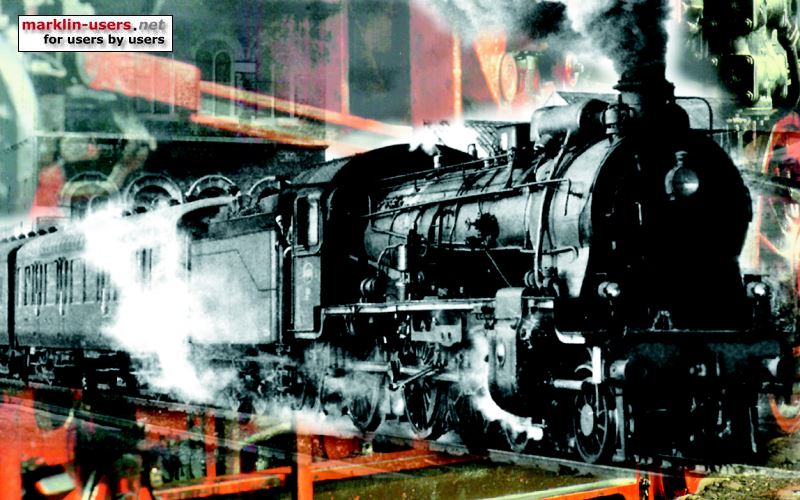
CHANGES TO THE TRACKWORK
In 1928, the WCC Tramways
& Electricity Dept wrote to the Wellington Town Clerk regarding
traffic congestion and difficulties created due to the single line tramway
laid down the center of the road from Seatoun Junction to the
** (For those familiar with the area, this route would follow the portion of road that now runs along the north end of the Airport, turning left/north along Aberdeen Quay and then through the cutting. Note that Aberdeen Quay is named "Miramar Quay" in the plan above. As best I can tell, they are one and the same).
This
route would have required altering the corner at the end of Aberdeen Quay
to avoid interference with the “special trackwork” leading to the wharf.
(there appeared to be still no specific intention to integrate
the line with the passenger Tramway system).
At the
same time as this, it was noted that the WGC had applied to WCC for
permission to pull up one of the existing lines along the Avenue and to
extend the remaining line along
** (Note also that these are two entirely separate proposals. The WCC Tramways wanted a more direct route for passenger Trams from Kilbirnie to Miramar whereas the Gas Co wanted to extend the track along to Southampton Rd to come into the works from the other end. I have not located a plan of the Tramways proposed route but it is not hard to imagine). It appears more coincidental that the two proposals came up around the same time .
The Gas Co. trackwork as it existed in 1928 is shown in the plan C.S.61 below, followed by their proposed alteration plan in the image C.S.62 following on...
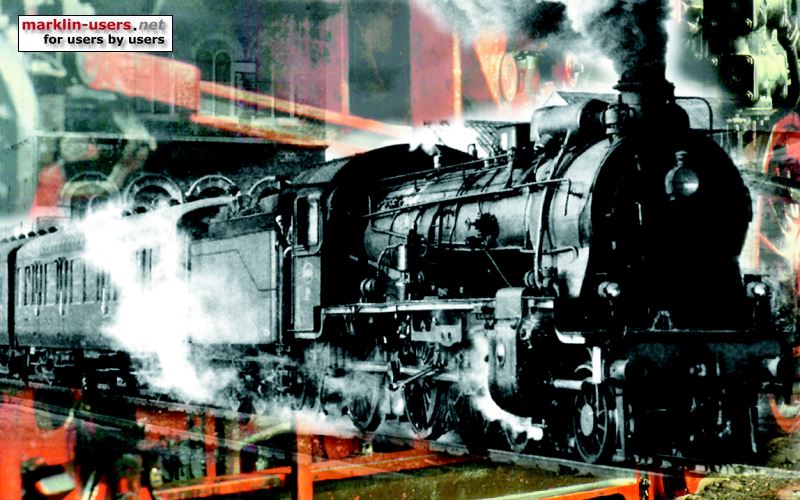
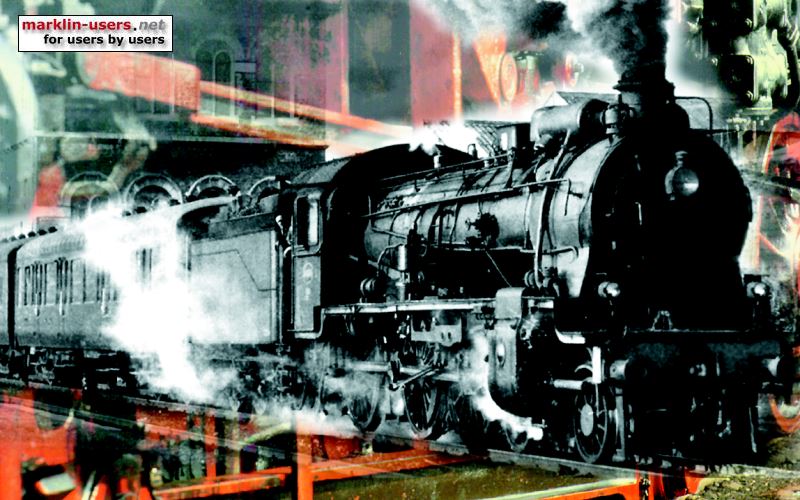
In any
event, the request for this alteration was declined by the WCC in a
letter dated 17th December 1928, with a comment (from the WCC
General manager M. Cable) that “With a double track leading into their
works, the WGC should be able to provide all necessary shunting facilities
on their property instead of using the streets for the
purpose”.
GREEN is the Wharf-Gasworks
Tramway between c.1910 - c.1966 CYAN is
the proposed but rejected extension into the works via Southampton
Rd (also referred as "Kings Road") YELLOW shows the WCC
Passenger Tramway as it was until the late 50's when severed by the
Rongotai Airport construction (approximately placed as it is
today bordered in WHITE). * The line at the bottom continued on to the
Darlington Rd Loop terminus. * The line exiting at top left continued on to
Strathmore and the Seatoun Terminus. CERISE is the route
suggested by the WCC to shorten the journey to Miramar (via
Aberdeen/Miramar Quay) - it may not have been intended to
connect to the Yellow lines exactly where I have drawn it, this is
just an educated guess. BROWN
borders the Kilbirnie Tramway Depot and Workshops which remain today
as the Bus Depot (Trolley & Diesel). I have not included the Tram route down Onepu Rd to
Lyall Bay, nor where it travels on over the hill via Crawford Rd and
Newtown to the City. ** The last eastern suburbs Tram route to close was
Seatoun in May 1958 so the tracks through the Airport construction
area were in place and operational until at least
then.
New
tracks were added to the wharf just before the outbreak of WWII to improve
the unloading of coal, however shortly after 1939 imports of
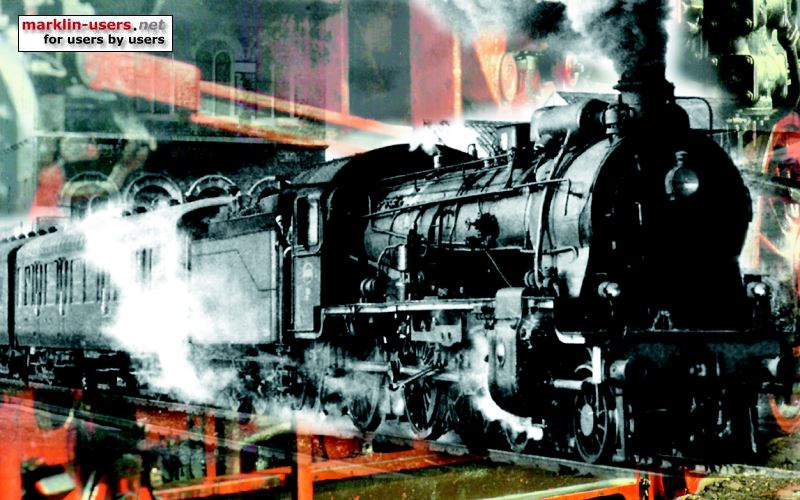
It is
reported that the Harbour Board had also built special coal hoppers on
Aotea Quay for Coal vessels and the Gas Works had a scheme for a belt
conveyer from the wharf to the works (presumably this refers to
The
tramway should not be assumed to have been uneconomic, as the engines
could run all day just on the coal spilt onto the wharf! Apart from the re-boilering of
1752 and a few minor derailments,
there were rarely any costly repair bills.
In an
article written by Doug Wilkinson which appeared in the June 1966
newspaper, Compatibility with Wellington Tramway was queried,
specifically…
“It was
envisaged that at one time that the line would connect with the tramway at
the junction of Alexandra St & Park Road but for what purpose it is
hard to imagine”
Yet in the original proposal to construct the Tramway it clearly stated that it was to be compatible with the existing city network and one could assume there may have been some forward thinking to possibly use the city Tram network to enable efficient deliveries of Coal to other locations, or perhaps even the possibility to run passenger Trams nearer to the wharf.
A
particularly unique aspect to this Tramway is that during its 27 years
operational lifespan, it was maintained by three separate bodies, being
the Wellington Harbour Board on the wharf, the Wellington City Council in
the street, and the Wellington Gas Company itself within the works
complex.
THE
GASWORKS SITE - The following images are
of the works themselves from various angles
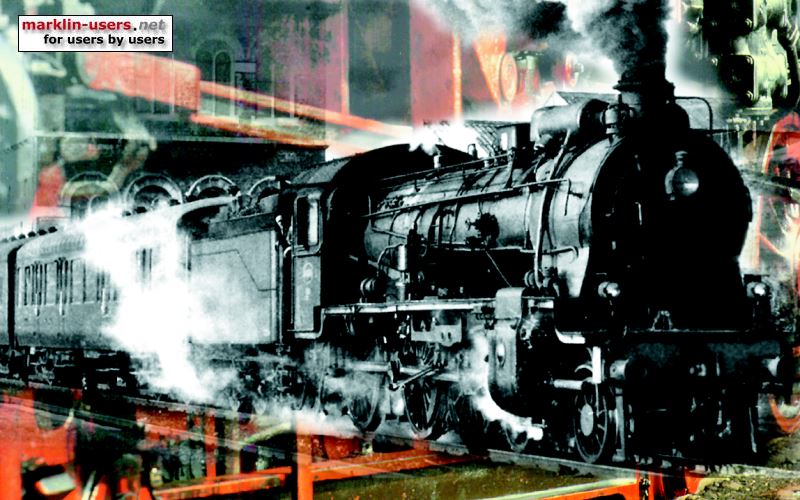
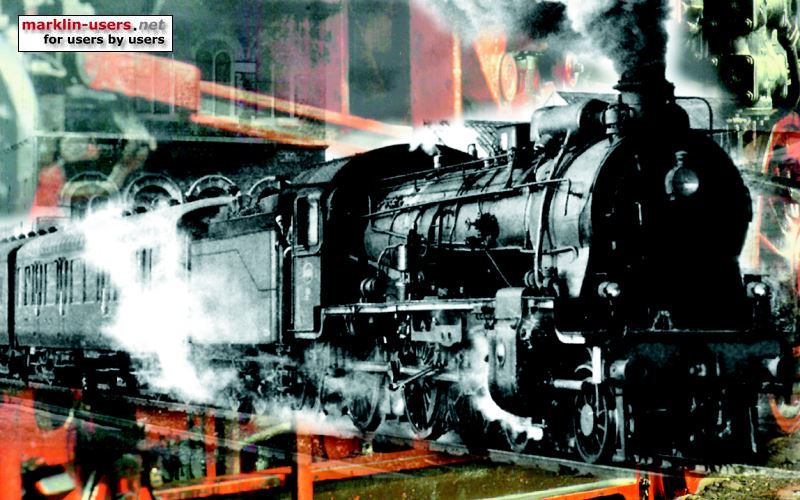
Note here the difference in the trackwork through the gates - in these two photo's we have two parallel lines going in, but in the opening image at the top of the page the two lines are squeezed together and the gate design is different. I would assume the image above is the earliest because there is only one Gasometer. The image below and the one at the top of the page both have two Gasometers but the gate trackwork is different.
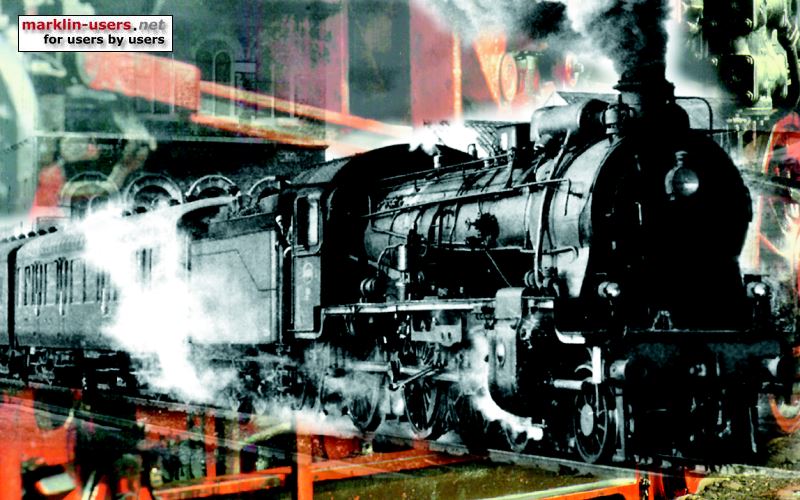
From the overall trackplan further above, it can be seen that the Gasometers are some distance and it appears the yard trackwork extended all the way down to the southern end.
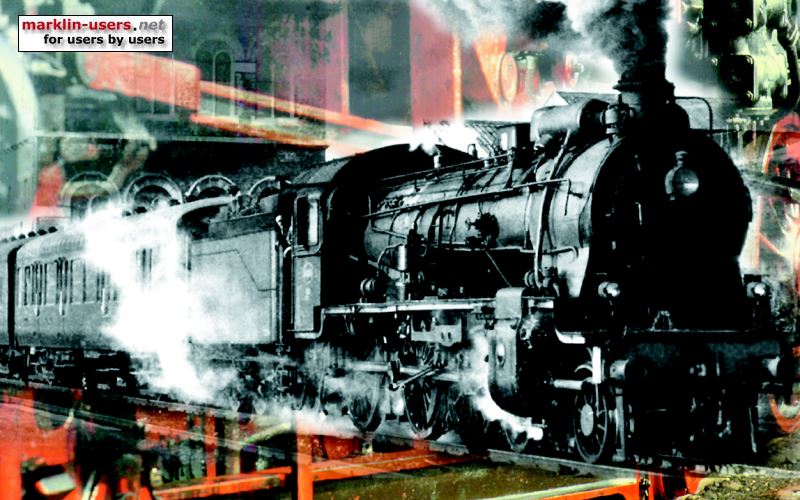
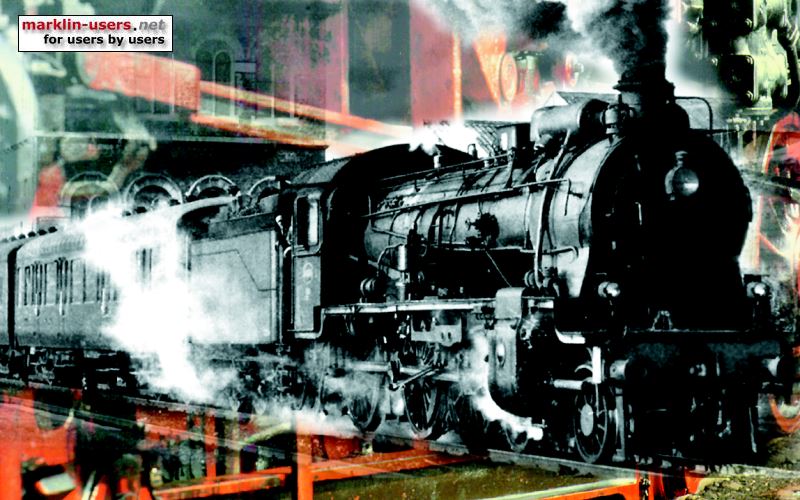
Maintenance (on the portion of
the track laid in Miramar Ave) was initially set at £600 per annum
and appeared not to have been revised for several years. In 1929 The City Engineer’s Office
wrote to the Town Clerk to report that the tramway was in a state of
disrepair and seeking clarification of what account was being credited
with the fee and the royalty (1d per ton, but not less than £100
p.a)
In
December 1933 the WGC sent the WCC a cheque for tolls in the amount of
£25, 13s, 4d tolled on 6,159 tons 19 cwts for the period Oct
1st – Dec 31st. This
included a breakdown by shipment.
The
right of use expired in 1933 (21 year lease). In Feb 1940 the WGC wrote to
the City Engineer requesting permission to erect Light Signals for traffic
safety following an accident.
Correspondence in 1953 shows the WCC seeking confirmation from the WGC regarding their continued right to use of the line, to which the WGC replied that as the line was not currently in use, but that they wished to retain the right to do so at some future time, would the Council reduce the annual charge?
The
council replied in July 1953 that it would not be in a position to grant a
reduction or suspension of the annual charge.
The WGC
responded to this letter in September advising that as the line is not in
use, and the WCC is unable to make any reduction, the WGC does not desire
to renew their agreement.
A further letter in Oct 1955 from the WGC states that "The WGC does not intend to make any further use of the tramway from the wharf, into our works". On that letter is a handwritten note to the G.M Transport Dept querying their plans for uplifting the tracks.
SCANS OF
ORIGINAL COPIES OR CLIPPINGS RELATED TO THE
TRAMWAY
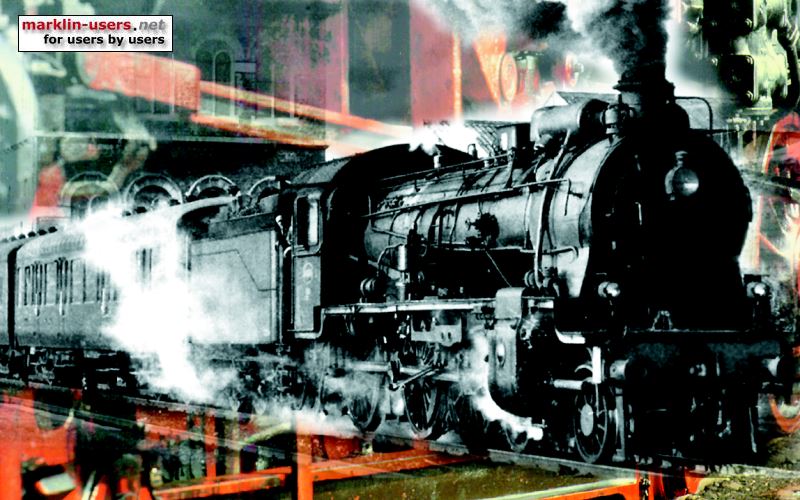
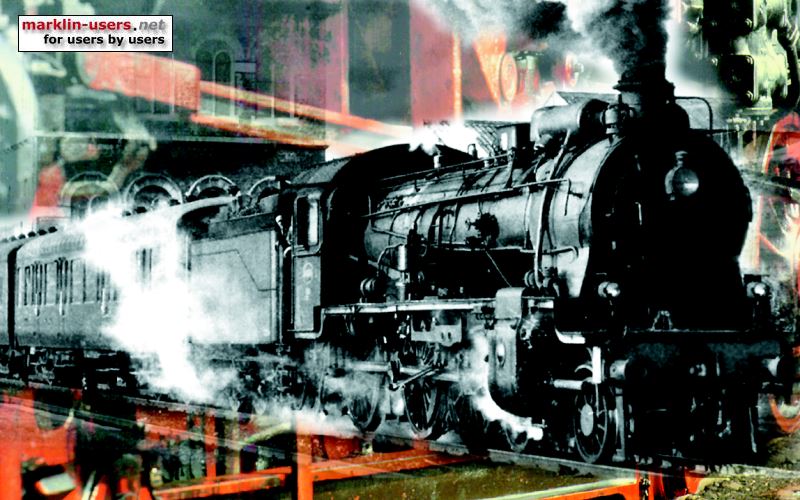
The following New Zealand Railway Observer article (3 pages) from Autumn of 1963 was the first article of significance that I found searching through the WCC Library one afternoon. Apologies for the quality of the copies, I would like to obtain better ones if I can.
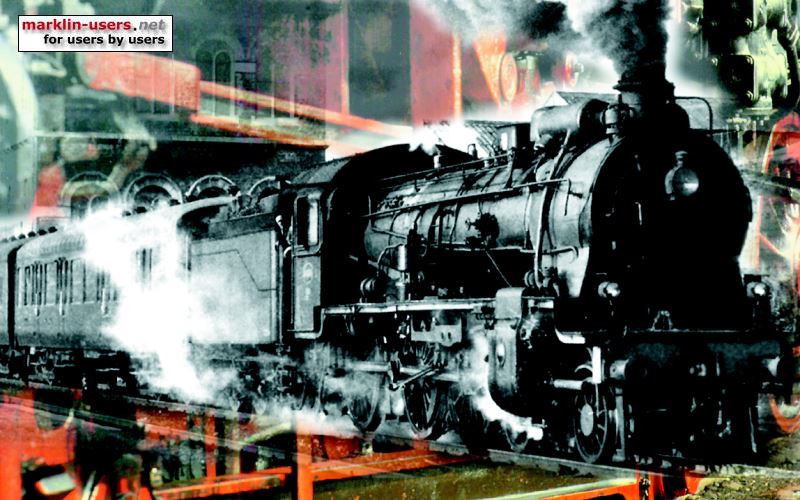
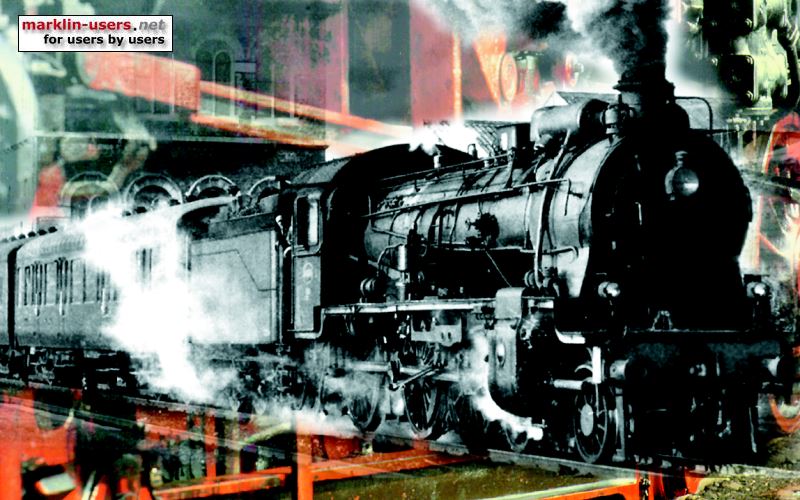
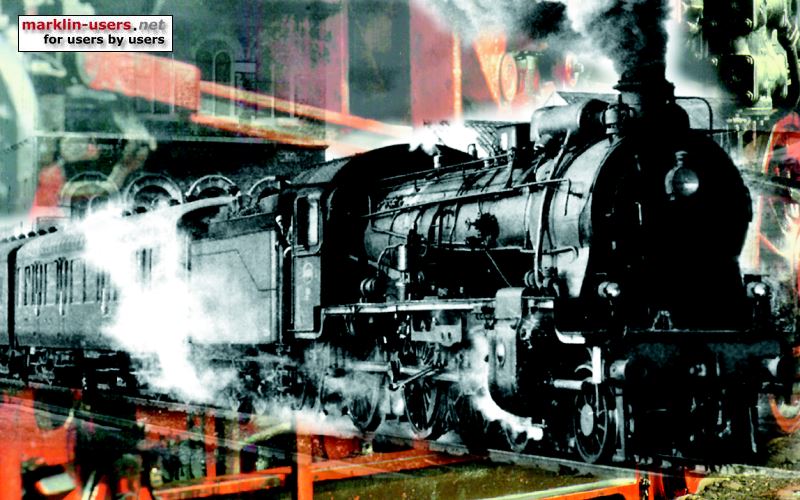
This follow-up article appeared in the NZRO in Spring of 1986...
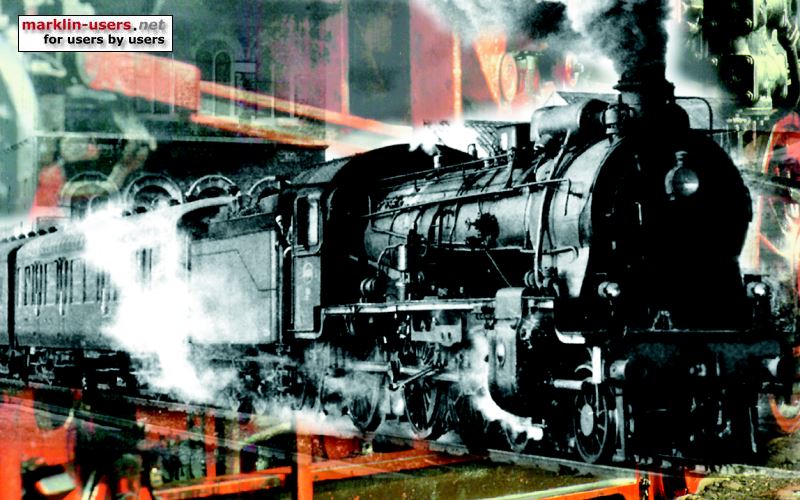
Which in turn prompted a rather delightful memory and response from Colin McKay
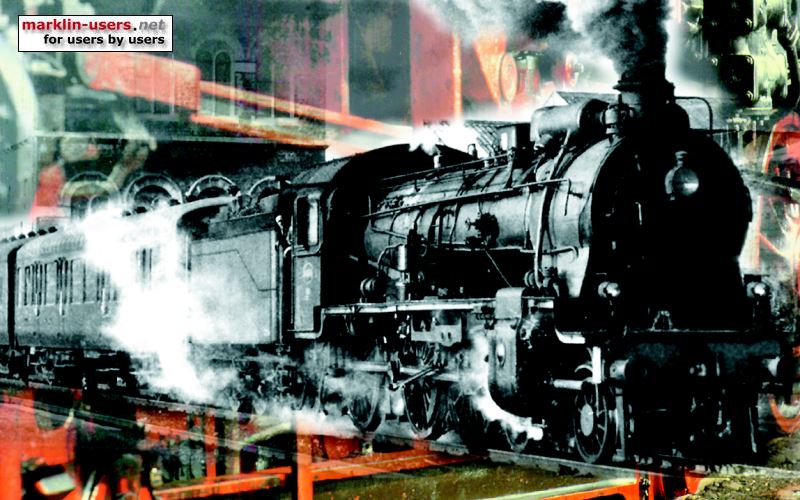
REMOVAL OF
TRACK
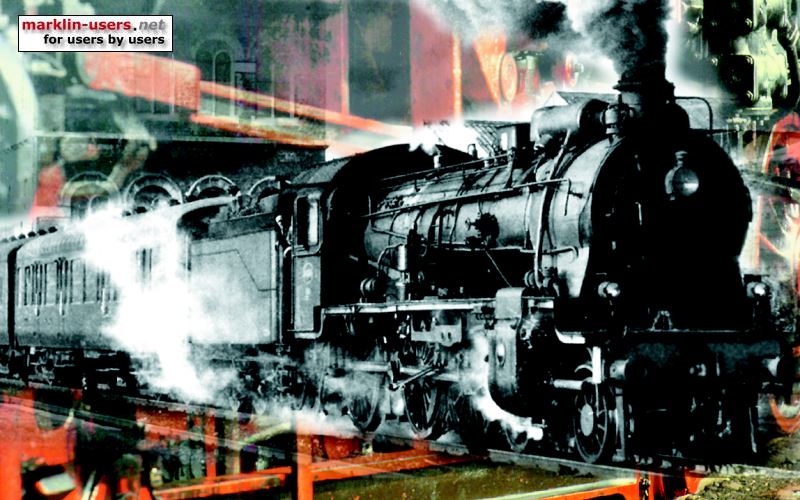
"Wellington Gas Company's Railway" - NZ RAILWAY OBSERVER SUMMER 66-67
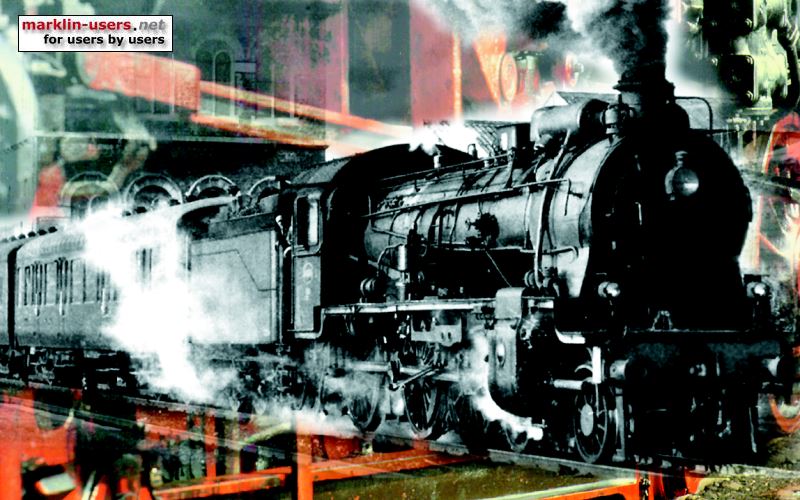
Trackwork was still
present within the Gasworks site in the mid-late
70’s
TODAY (2011)
Nothing remains other than the wharf itself and the cutting. The last of the track on the wharf was lifted around 1973 when the wharf surface was relaid. The route of the tramway however is very easily picked out by comparison with photo’s and if you stand at the gates to the wharf, it takes very little imagination to conjure up how it once was.
I have wondered about the fate of the two locomotives. They could well have been sold for scrap but if either of them managed to survive I would have expected to have found it. Even if they were sold for scrap, often the makers plate was salvaged and perhaps yet to be found. For those interested in the Barclay Loco's in general there is plenty to be found from a simple 'google' search.
Incidentally, one of the members of the Märklin Model Railway Club, Kevin Stevens, was employed for some time at Interlock Industries, one of the companies which was located on the site of the former works (prior to Peter Jackson's Film Studios). Kevin recalls that when they were doing some excavating at the site in the late 1990's, they came upon the concrete foundations for one of the works structures and that this concrete was substantially reinforced and presented a great challenge to dig through it.
And speaking of models - I believe this would be a fascinating subject for a capable modeller to recreate - I would love to do it myself but considerable scratch-building would be required (well beyond my capabilities). If I were ever to tackle it, probably N-gauge would be the way to go, although it would still be a sizeable (and fragile) model. Reasonably accurate measurements to rescale should be possible from the plans and photos available. If anyone wishes to tackle this project I'd be happy to help in any way I can.
OTHER IMAGES - other photo's or scans that I have relating to the Gasworks can be seen here
TIMELINE (Click following
link to view related Documents and Correspondence or follow the
individual timeline links to each reference)
1901 -
1905-1910 -
Miramar Avenue Cutting constructed
1907 - Wellington Gas Company
moves to the Miramar Site. Price of coal is 15s 7d per ton
1908 -
1st Gasometer constructed,
1.5 million cubic feet
1910 - April 28th - Deed between Miramar
Borough Council & WGC signed for lease of (yet to be constructed)
tramway. Payment set at £600 being estimated capitalised maintenance for a
period not exceeding 21 years. Tolls set at 1d per ton, with an
annual minimum of £100.
1911 - Gasworks Constructed. March 17th -
Notice of intention to build Tramway printed in The Dominion.
1911 -
December 11th Order in Council No. 2 was issued authorising the building
of the Tramway and providing also for connection to WCC Tramway at
Alexandra St (?) & Park Rd.
1911 – First Loco (1265) ordered from
Andrew Barclay Sons & Co Ltd, Scotland, cost £606.
1911 – 10 x Wagon steel
frames built by Turner & Co, Nottingham, bodies built at Hutt Railway
Workshops.
1912 - March, trackwork completed. First Loco
Barclay 0-4-0 Loco with makers No. 1265 ran on 7th December with two
hopper wagons for official inspection and certification.
1912 - August
5th - article in Wellington "Evening Post", "Gas for the City" from New Works at Miramar.
(Overview of the entire facility and production of Gas).
1921 - Second Loco No.
1752 ordered from Andrew Barclay & Co. Cost, £2170. (prob.
£1270)
1922 - New Glover-West vertical system installed, second
unit in 1926 and second gasometer 2 million cubic feet.
1926 - WGC
writes to the Town Clerk, WCC dated November 23rd requesting to have
the tramline repaired "as it is causing a good deal of trouble with our
Locomotive"
1928 - December 7th - WCC
Memo to Town Clerk from Tramways & Electricity Corp regarding
congestion caused by single tramline from Seatoun Junction to Miramar
Terminus. Also noted is application from the WGC to remove one line
in
1928 - December 17th - Letter from
Town Clerk to WGC advising tramway extension not approved.
1929 -
March 20th, City Engineer writes to Town Clerk requesting details on
which account the WGC maintenance payment is being credited to (currently
being charged against Street Works Vote)
1931 - August 7th - Memo from City Solicitor to Town Clerk regarding the
original lease, seeking to clarify interpretation of the lease, ie;
finite, or in perpetuity (which is not allowed by law). Also notes
the original certificate dated March 16th 1912 indicating that the lease
(right to use) period is from May 1st 1912 until April 30th 1933.
Main purpose of the memo is to clarify royalty payments in any new
agreement.
1933 - December 27th - Toll Payment from WGC to WCC of £25 13s 4d. Total coal
carried = 6,159 tons, 19 cwts (with breakdown by shipment &
date).
1937(c.) - Additional tracks added to wharf
1939 -
Imports of coal from Newcastle ceased, Motor trucks found to be more
convenient to truck blended coal from the city depot (bottom of Taranaki
St?).
1940 - February 29th - Request from WGC to WCC for traffic safety signals
warning of wharf railway traffic on
1940 - March 7th
- Memo from City Engineer to Town Clerk recommending the Council grant
permission for the erection of the requested lights, subject to their
being of a type used by the NZ Govt. Railways and are erected and
maintained by the WGC.
1942 - Loco No. 2 (1752) reboilered at Hutt
Workshops.
1945 - Price of coal 54s 10d per ton.
1948 (by) -
Two carburetted water gas plants with capacity of 1.75 million cubic feet
per day were installed to meet the demands of the 24" high-pressure gas
mains totalling 240 miles extending to Karori, Ngaio, Khandallah &
Johnsonville.
1949 - New Coal Hoppers built on Aotea
Quay.
1953 - April 29th - Letter from WGC to Town Clerk advising that the line has
not been used for a number of years and requesting a renewal of the
agreement (right to use) at a nominal charge until such time as the line
may be used once again and revert to the present figure.
1953 - July
3rd, Memo from City Engineer to Town Clerk giving background to the
tramway and also stating.. "it appears the Gas Company is not now using
the tramline, but apparently they wish to reserve their right to do so at
some future time, in return for a nominal fee". He recommends any
fee be not less than £100 p/a, and that the right to use be reduced to 5
years.
1953 - July 21st - Letter from WCC to WGC advising they are
unable to reduce or suspend the annual charge and requesting confirmation
of renewal under existing terms for a further period of ten years.
1953
- September 1st - Letter from WGC to WCC advising that as the line is not
in use, and the Council is unable to make any reduction in the charge, the
Gas Company "does not desire to renew the agreement".
.
1954 -
Locomotives sold for scrap to Industrial Metals
1955 - September
6th, City Solicitor advises the General Manager of the WCC Transport Dept
that the expiry of the agreement does not in itself permit the Council to
remove the Tramlines as they were installed under an Order in Council
which require a further Order in Council to remove them and recommending
that the WCC obtain written confirmation from the WGC of "their
attitude".
1955 - October 17th - Letter from WGC to WCC advising that
the Gas Company does not intend to make any further use of the tramway
from the
1957 -
October 1st, Memo from City Engineer to Town Clerk regarding removal of
the tram tracks to be carried out at the same time as Improvements to
Aberdeen Quay & Miramar Ave, and removal of tram tracks to Miramar and
Seatoun "and their reinstatement" ** (reinstatement of the road or the
tracks? - this is odd as the Miramar/Seatoun tram routes were both severed
by the new Rongotai Airport in 1959)
1961 - September 14th -
Dominion Newspaper clipping regarding an appeal by Miramar Central
Progress League to the City Mayor to clear the Miramar cutting of obsolete
railway tracks and generally tidy the entrance to the suburb. The
WGC advised it had already removed its portion of the tracks and it was
time the Council did its part and pressed the Harbour Board to remove old
sheds and the Marine Dept to co-operate in improving the unsightly
corner.
1961 - Third Gasholder erected to meet needs of
1966 - May 11th, letter in reply from Town Clerk confirming that the WGC
is under no obligation for the cost of removing the tram tracks.
1966 -
June 2, removal of track in
1972 -
Coal Gas replaced by Natural Gas from Kapuni.
1973 - Remaining
tracks removed from
The Gasworks themselves were demolished, late 70’s or early 80’s - I have not attempted to look into this.
As a final note, during some recent searching I chanced upon this article relating to the carriage of freight overnight by the goods Tram titled "Bags, Boxes, Beds" in which at the very end of the article they speculate about the future of this service including the possible carriage of tar and coke for the Gasworks.
If any reader has any further information relating to this article I
would be very glad to hear from you - email me at
"cookee_nz(at)yahoo(dot)com" - (please edit manually - help
fight the spam)
